Use cumsum for the cumulative sums that determine the times N_t as well as the X_t. This illustrative code specifies the number of times to simulate, n, simulates the times in n.t and the values in x, and (to display what it has done) plots the trajectory.
n <- 1e2
n.t <- cumsum(rexp(n))
x <- c(0,cumsum(rnorm(n)))
plot(stepfun(n.t, x), xlab="t", ylab="X")

This algorithm, since it relies on low-level optimized functions, is fast: the six-year-old system I tested it on will generate over three million (time, value) pairs per second.
That's usually good enough for simulation, but it doesn't quite satisfy the problem, which asks to generate a simulation out to time T. We can leverage the preceding code, but the solution is a little trickier. It computes a reasonable upper limit on how many times will occur in the Poisson process before time T. It generates the inter-arrival times. This is wrapped in a loop that will repeat the procedure in the (rare) event the time T is not actually reached.
The additional complexity doesn't change the asymptotic calculation time.
T <- 1e2 # Specify the end time
T.max <- 0 # Last time encountered
n.t <- numeric(0) # Inter-arrival times
while (T.max < T) {
#
# Estimate how many random values to generate before exceeding T.
#
T.remaining <- T - T.max
n <- ceiling(T.remaining + 3*sqrt(T.remaining))
#
# Continue the Poisson process.
#
n.new <- rexp(n)
n.t <- c(n.t, n.new)
T.max <- T.max + sum(n.new)
}
#
# Sum the inter-arrival times and cut them off after time T.
#
n.t <- cumsum(n.t)
n.t <- n.t[n.t <= T]
#
# Generate the iid random values and accumulate their sums.
#
x <- c(0,cumsum(rnorm(length(n.t))))
#
# Display the result.
#
plot(stepfun(n.t, x), xlab="t", ylab="X", sub=paste("n =", length(n.t)))
